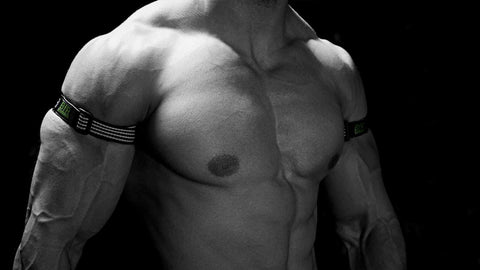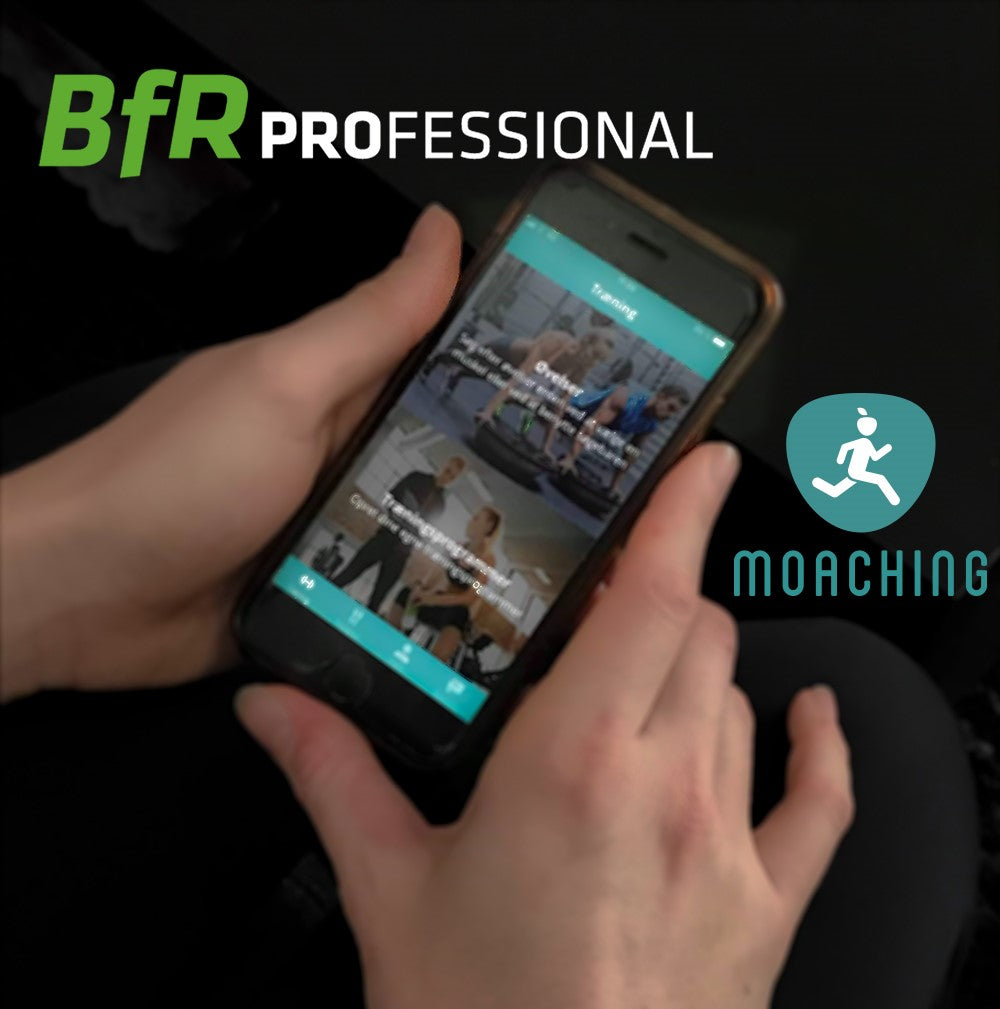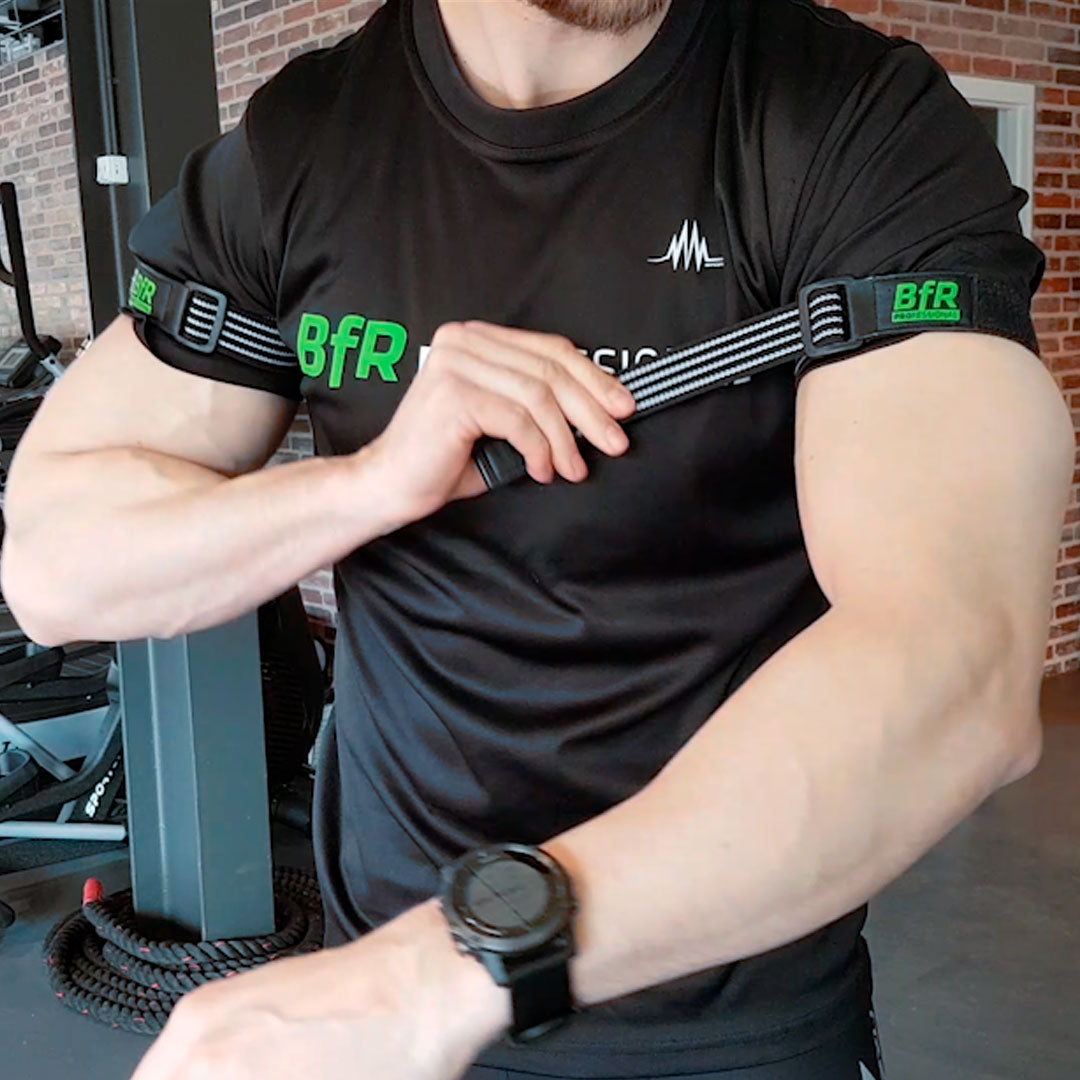
You’ve probably heard of blood flow restriction (BFR) training; or perhaps seen someone performing BFR exercises in the gym. It’s one of the latest & greatest muscle-building techniques; but chances are you only have a rough idea about how it works.
In this article we are going to dive deep into the specifics of what’s happening to your muscles when you perform blood flow restriction workouts; and how it helps you achieve your goals of increased size and strength.
Size, Strength & Muscle Fibres
Increases in muscle strength and size occur when our muscle fibres are put under stress and the body is required to respond, repairing the damaged areas by making then stronger and larger.
Broadly speaking we have two types of muscle fibres, creatively named by scientists as Type I and Type II fibres. Type I muscle fibres are called slow twitch muscle fibers and are built for endurance and help enable long-endurance feats such as distance running, while fast-twitch muscle fibers (Type II) fatigue faster but are used in powerful bursts of movements like sprinting. Once fatigued, Type II fibres are activated and these type II fibres provide strength & contribute most to the appearance & size of your muscle.
Once you’ve applied the band, your arteries will still be open to deliver blood to the muscle, but because you have restricted blood to your veins. The veins are the ones transporting blood back to your heart so by restricting them, it means that the blood can flow to the muscles but cannot leave. From this moment, the muscle will begin to facilitate growth by stimulating muscle protein synthesis.
The Mechanisms of BFR Training
Metabolic Stress
Metabolic stress is identified as one of the three primary causes of muscle hypertrophy (others being muscular tension and muscle damage). The muscular stress signals the muscles to grow and by using low load training with BFR you can significantly optimise your workout compared to low load without BFR and similar levels of metabolic stress compared to high load/intensity workout (>60% of your 1RM).
The best thing about occlusion training is that you can achieve the results of high load training but without the heavy lifting which may be too strenuous for some individuals. However, with that said, research show that you achieve the most optimal performance by combining low load with BFR and heavy load without BFR training.
Cell Swelling
As the BFR straps have stopped the veins from moving blood out of the muscle and you begin to lift, you’re going to start feeling the muscular pressure rising significantly. As the muscles become more engorged, they increase in size - roughly 11.5-12% directly after a BFR workout - and place additional stress on the cellular walls.
As you perform your workout, you will begin to produce muscle metabolic by-products such as lactic acid and hydrogen ions. Due to the positioning & effect of the BFR bands, the lactic acid also becomes trapped in the muscle. Fortunately, these metabolic by-products are in-fact anabolic and assist in protein synthesis to stimulate muscle growth.
In other words, due to the workout with occlusion bands it causes the level of fluids to increase in the muscles which will increase cellular swelling response. This stress leads to a protective response, releasing anabolic hormones and causing the muscle to adapt and grow.
Growth Hormone Release
In this study, low-load BFR training to failure caused an increase in growth hormone 290x higher than resting levels, and approximately 4x higher than low-load training to failure without BFR. These are quite remarkable results which should be taken into consideration before deciding that BFR training is "not something for me".
Low Oxygen Levels and Type I Fatigue
The accumulation of these by-products limits the working muscles’ ability to use oxygen; and when a muscle is increasingly deprived of oxygen, the body’s rate of anabolic response increases.
By continuing to train whilst exposing the muscles to a build-up of lactic acid and low oxygen levels for extended periods of time, the Type I muscle fibres experience rapid fatigue. As a result, Type II fibres are forced to activate, enabling you to begin working on causing muscle damage to Type II fibres easier and faster.
This is not an exhaustive list of the mechanisms that BFR has on the human body when working out but should give you an overview of some of the essentials for moving ahead and trying it out for yourself in practice.
Team BfR Professional









